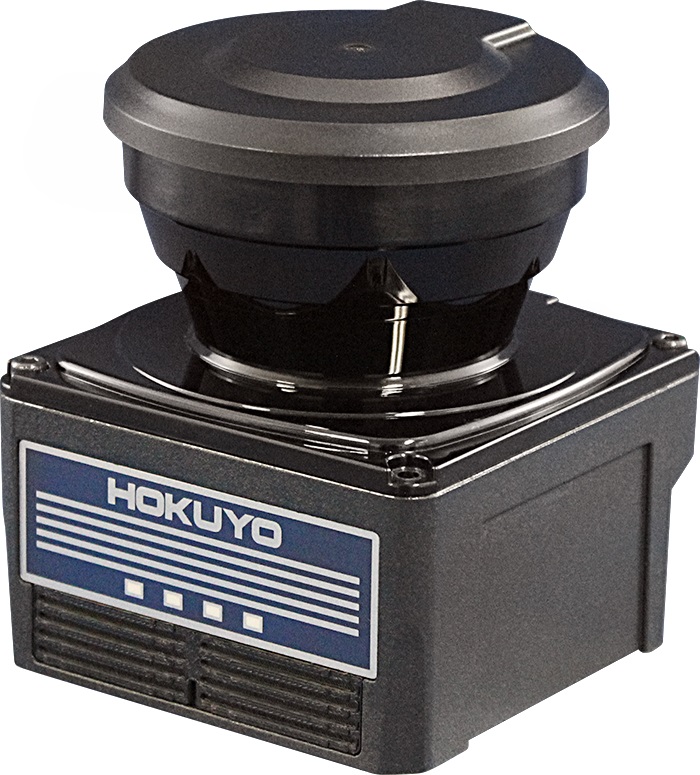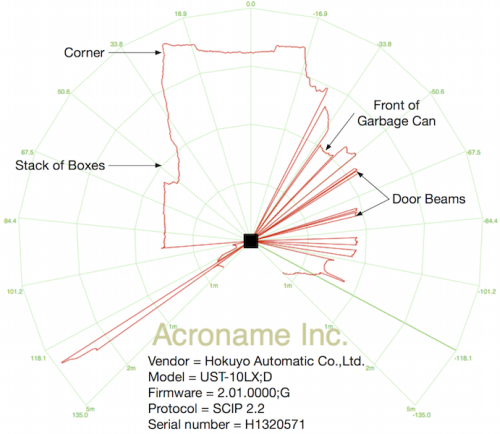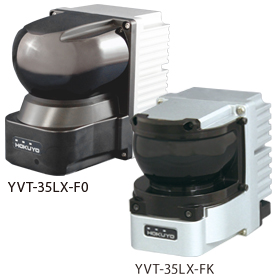Second, apparently Windows will install a WSD port with every printer if you let it, even if that port isn't used at the point of installation. So, Step Two is to remove and reinstall the printer. When you reinstall it, 1) install on a TCP/IP port and 2) uncheck the 'Query the printer and automatically select the driver to use' box. Note: the FTDI USB Drivers are from Arduino. But when you install drivers for other Controllers, such as Xadow Main Board, Seeeduino Clio, Seeeduino Lite, you need to download corresponding driver file and save it. And select the driver file you have downloaded. The below dialog boxes automatically appears if you have installed driver successfully.
- Drivers Hokuyo Automatic Port Devices Download
- Drivers Hokuyo Automatic Port Devices Bluetooth
- Drivers Hokuyo Automatic Port Devices Gigabit

- Ok I will continue now, once you have got into the Upgrade Driver Software menu, Go to 'Browse my computer for device software', Then select the second option 'Let me pick from a list of device drivers on my computer', just choose the 'show all' at the top of the list, Next you.should. see MediaTek DA USB VCOM listed in amongst various.
- Some Plug and Play devices that use a parallel port, such as early versions of Iomega Zip drives, may not be detected by Windows. Enable Plug and Play detection. Right-click the My Computer icon on your desktop, and then click Properties. Click the Hardware tab, and then click Device Manager.
Show EOL distros:
urg_node
- Maintainer: Chad Rockey <chadrockey AT willowgarage DOT com>
- Author: Chad Rockey <chadrockey AT willowgarage DOT com>
- License: BSD
Used by (2)
urg_node
- Maintainer status: maintained
- Maintainer: Chad Rockey <chadrockey AT gmail DOT com>
- Author: Chad Rockey <chadrockey AT gmail DOT com>
- License: BSD
- Bug / feature tracker: https://github.com/ros-drivers/urg_node/issues
- Source: git https://github.com/ros-drivers/urg_node.git (branch: hydro-devel)
Used by (9)
urg_node
- Maintainer status: maintained
- Maintainer: Tony Baltovski <tony.baltovski AT gmail DOT com>
- Author: Chad Rockey <chadrockey AT gmail DOT com>, Mike O'Driscoll <modriscoll AT clearpath DOT ai>
- License: BSD
- Bug / feature tracker: https://github.com/ros-drivers/urg_node/issues
- Source: git https://github.com/ros-drivers/urg_node.git (branch: indigo-devel)
Used by (1)
Drivers Hokuyo Automatic Port Devices Download
urg_node
- Maintainer status: maintained
- Maintainer: Tony Baltovski <tony.baltovski AT gmail DOT com>
- Author: Chad Rockey <chadrockey AT gmail DOT com>, Mike O'Driscoll <modriscoll AT clearpath DOT ai>
- License: BSD
- Bug / feature tracker: https://github.com/ros-drivers/urg_node/issues
- Source: git https://github.com/ros-drivers/urg_node.git (branch: indigo-devel)
Drivers Hokuyo Automatic Port Devices Bluetooth
pr2: audio_common | joystick_drivers | linux_networking | microstrain_3dmgx2_imu | pr2_apps | pr2_base | pr2_ethercat_drivers | pr2_navigation_apps | pr2_power_drivers | pr2_robot | prosilica_camera | urg_node | wge100_driver | wifi_ddwrtUsed by (7)
Jenkins jobs (7)
urg_node
- Maintainer status: maintained
- Maintainer: Tony Baltovski <tony.baltovski AT gmail DOT com>
- Author: Chad Rockey <chadrockey AT gmail DOT com>, Mike O'Driscoll <modriscoll AT clearpath DOT ai>
- License: BSD
- Bug / feature tracker: https://github.com/ros-drivers/urg_node/issues
- Source: git https://github.com/ros-drivers/urg_node.git (branch: kinetic-devel)
urg_node
- Maintainer status: maintained
- Maintainer: Tony Baltovski <tony.baltovski AT gmail DOT com>
- Author: Chad Rockey <chadrockey AT gmail DOT com>, Mike O'Driscoll <modriscoll AT clearpath DOT ai>
- License: BSD
- Bug / feature tracker: https://github.com/ros-drivers/urg_node/issues
- Source: git https://github.com/ros-drivers/urg_node.git (branch: indigo-devel)
Used by (4)
Jenkins jobs (9)
- Build history (last 5 of 6 builds):
urg_node
- Maintainer status: maintained
- Maintainer: Tony Baltovski <tony.baltovski AT gmail DOT com>
- Author: Chad Rockey <chadrockey AT gmail DOT com>, Mike O'Driscoll <modriscoll AT clearpath DOT ai>
- License: BSD
- Bug / feature tracker: https://github.com/ros-drivers/urg_node/issues
- Source: git https://github.com/ros-drivers/urg_node.git (branch: kinetic-devel)
Jenkins jobs (10)
- Build history (last 3 of 3 builds):

urg_node
- Maintainer status: maintained
- Maintainer: Tony Baltovski <tony.baltovski AT gmail DOT com>
- Author: Chad Rockey <chadrockey AT gmail DOT com>, Mike O'Driscoll <modriscoll AT clearpath DOT ai>
- License: BSD
- Bug / feature tracker: https://github.com/ros-drivers/urg_node/issues
- Source: git https://github.com/ros-drivers/urg_node.git (branch: kinetic-devel)
Hjgk usb devices driver download for windows 10. Image credit: RobotShop
Contents
- Parameter Ranges
Supported Hardware
This driver should work with any SCIP 2.2 or earlier compliant laser range-finders.
API Stability
The ROS API of this driver should be considered stable.
Parameter Ranges
The UTM-30LX laser can report corrupt data and even crash if settings with an excessive data rate are requested. The following settings are known to work:

Intensity mode off:


cluster: 1
skip: 1
intensity: false
min_ang: -2.2689
max_ang: 2.2689
Intensity mode on:
cluster: 1
skip: 1
intensity: true
min_ang: -1.047
max_ang: 1.047
Allow Unsafe Settings Option
Allow Unsafe Settings Option is not available, please consider using the legacy hokuyo_node for UTM-30LX with certain configurations. (Or provide a pull request to urg_node to add support for unsafe_settings.)
Drivers Hokuyo Automatic Port Devices Gigabit
ROS API
Command-Line Tools
The getID program can be used to get information about a hokuyo laser scanner. Each of them can be invoked in a human readable way:
or in a script friendly way:
If they fail to connect to the device they will retry for about ten seconds before giving up.
Using udev to Give Hokuyos Consistent Device Names
The getID program can be used to get the hardware ID of a Hokuyo device given its port. Combined with udev, this allows a consistent device name to be given to each device, even if the order in which they are plugged in varies. On the PR2 we use the following udev rule:
This udev rule sets up a device name that is based on the Hokuyo's hardware ID. The PR2 then has a symlink to that name that gets changed if the Hokuyo is replaced:
